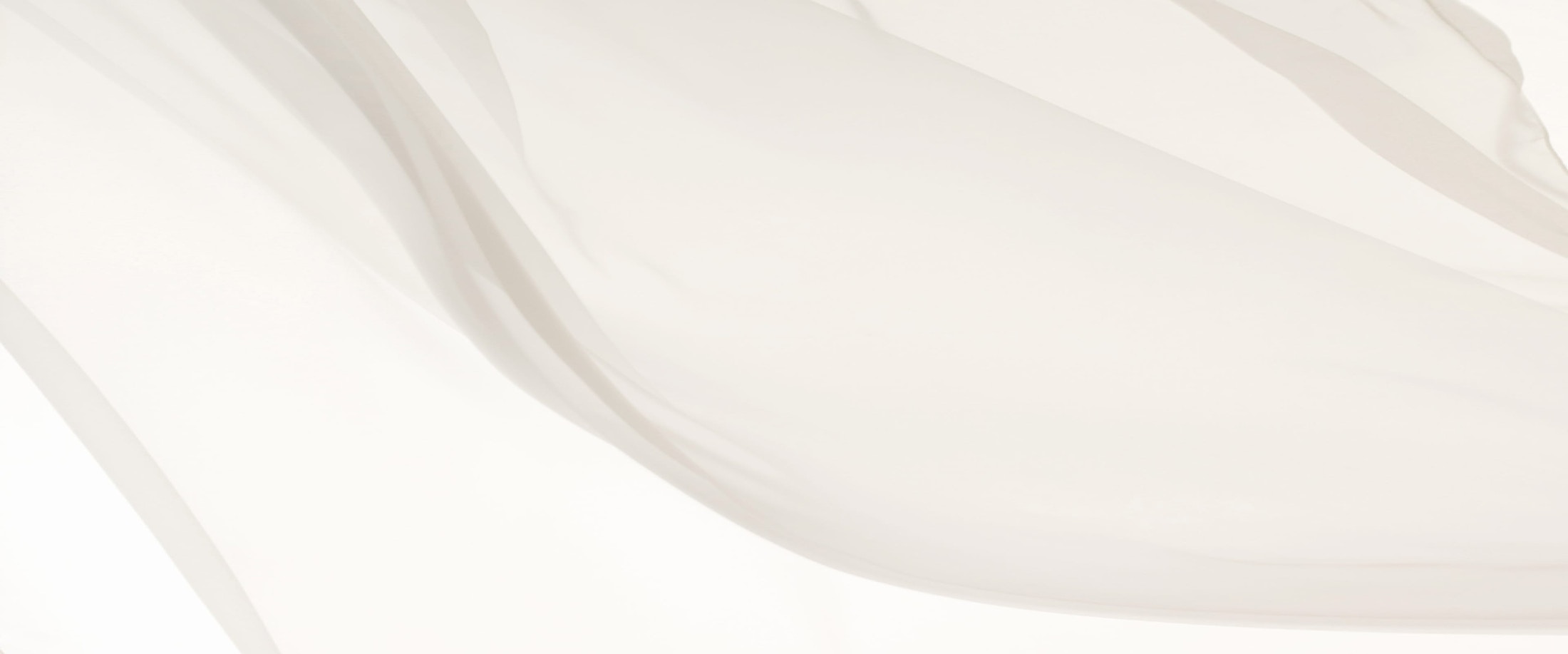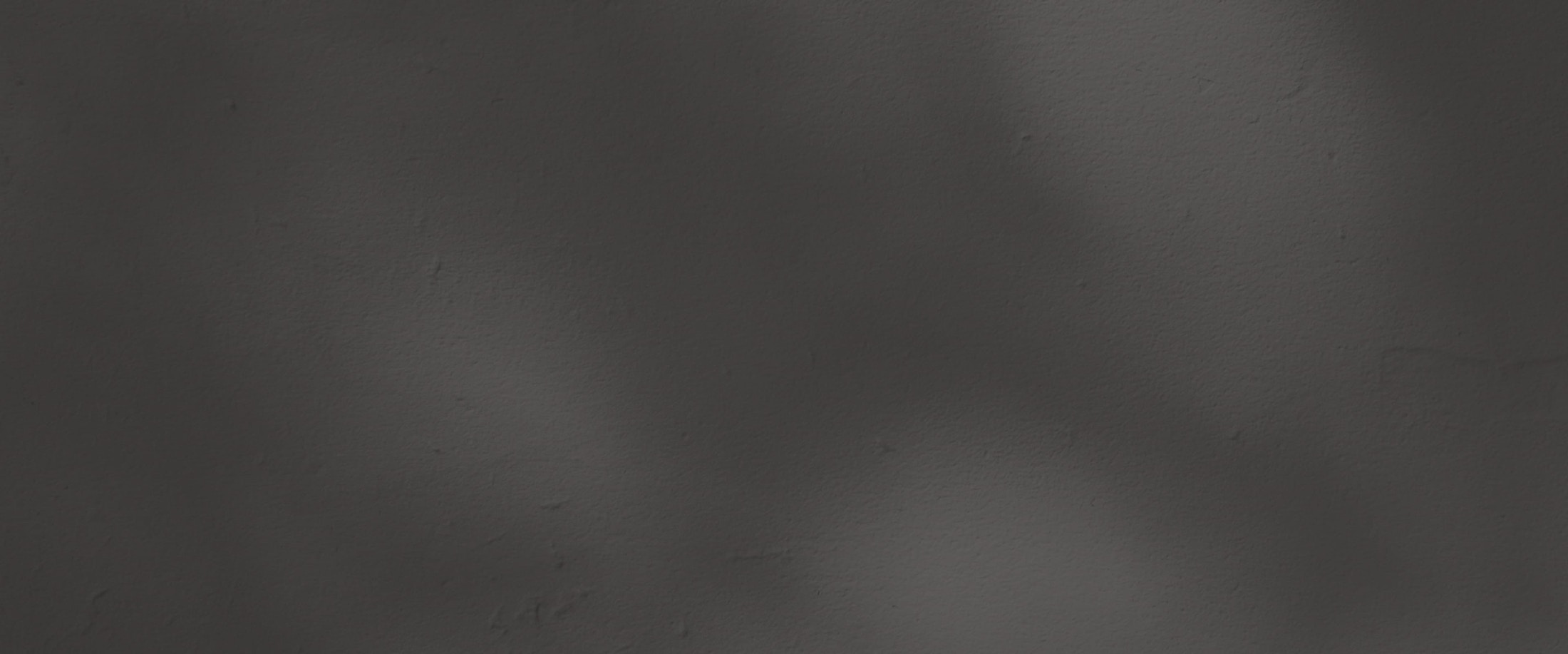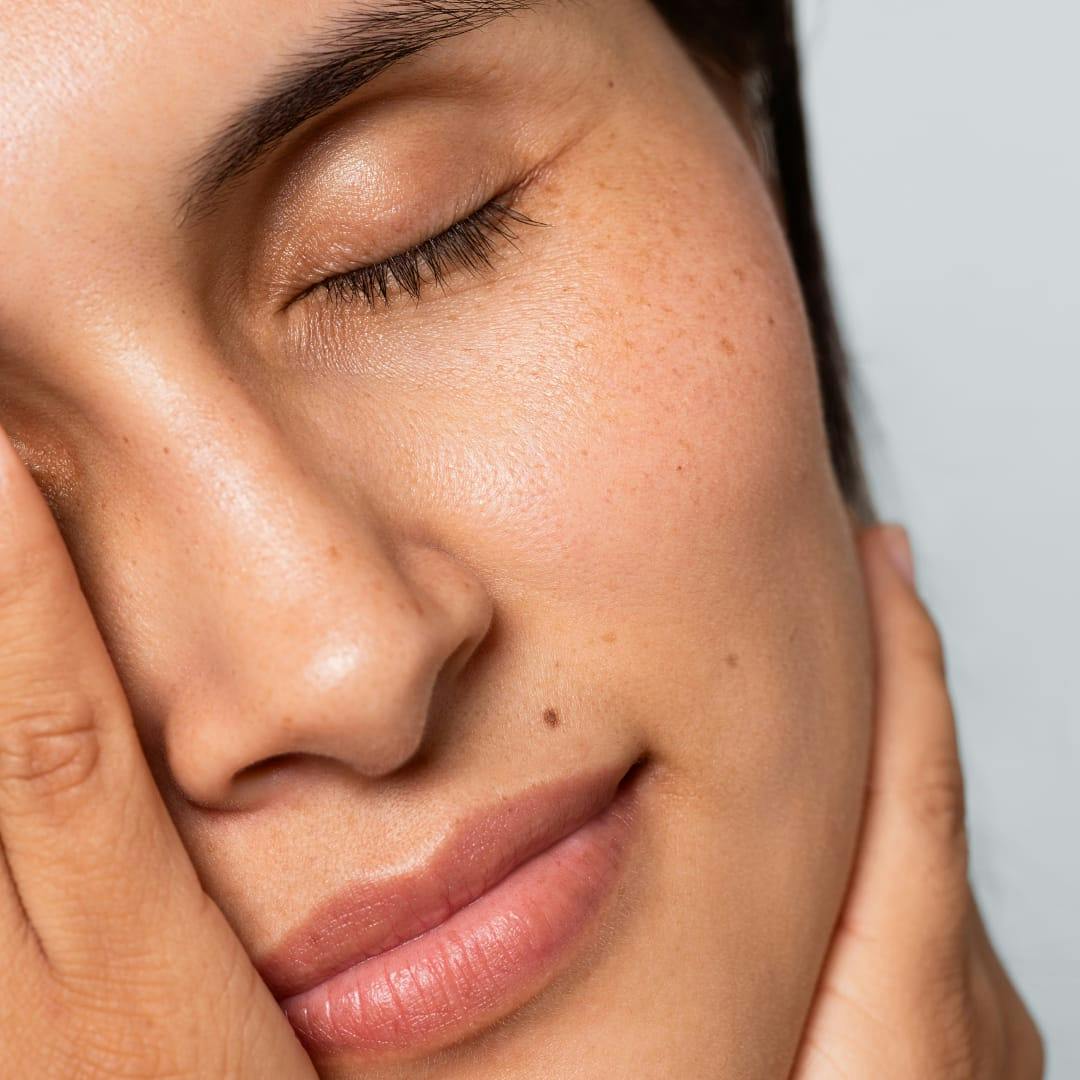At Aesthetx, we provide comprehensive dermatological care, addressing a wide array of skin conditions such as acne, rosacea, eczema, and psoriasis. Our expert team offers personalized treatments using the latest advancements in skincare to enhance your skin's health and appearance.
Acne
As the most common skin condition in the US, acne affects nearly 85% of people at some point in their lives, to some degree, but it takes many forms. Acne can be mild with only blackheads and whiteheads (comedones) or severe with large, painful, scarring cysts. Acne can start in adolescence and improve with age or develop among adult women on the lower face fluctuating with hormones. Regardless of severity or age group, studies show that breakouts can have substantial emotional effects, leading to poor self-esteem, anxiety, and depression. Luckily, there are now many effective therapies to help control and even potentially cure acne. Dr. Hausauer brings years of rigorous training in the management and prevention of breakouts to each case. She thoughtfully customizes a treatment plan for you and your skin, using a combination of over-the-counter and/or prescription topical products, oral medications, chemical peels, lasers/light treatments, and other devices. While prevention is the best tact against scarring, sometimes indentations and uneven tone are unavoidable. Peels, lasers such as the HALO® or Profractional®, microneedling, and platelet rich plasma (PRP, plasmaX) are all techniques to resurface the skin. They work to stimulate the production of normal collagen and smooth a scarred or dimpled canvas. Dermal fillers can be injected to restore deeper divets. As our director of Dermatology, Dr. Hausauer is acclaimed for her work in the field of the microneedling and PRP (plasmaX), taking particular interest in its benefits on depressed scars.









